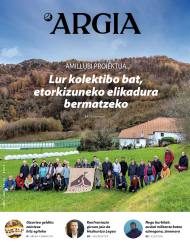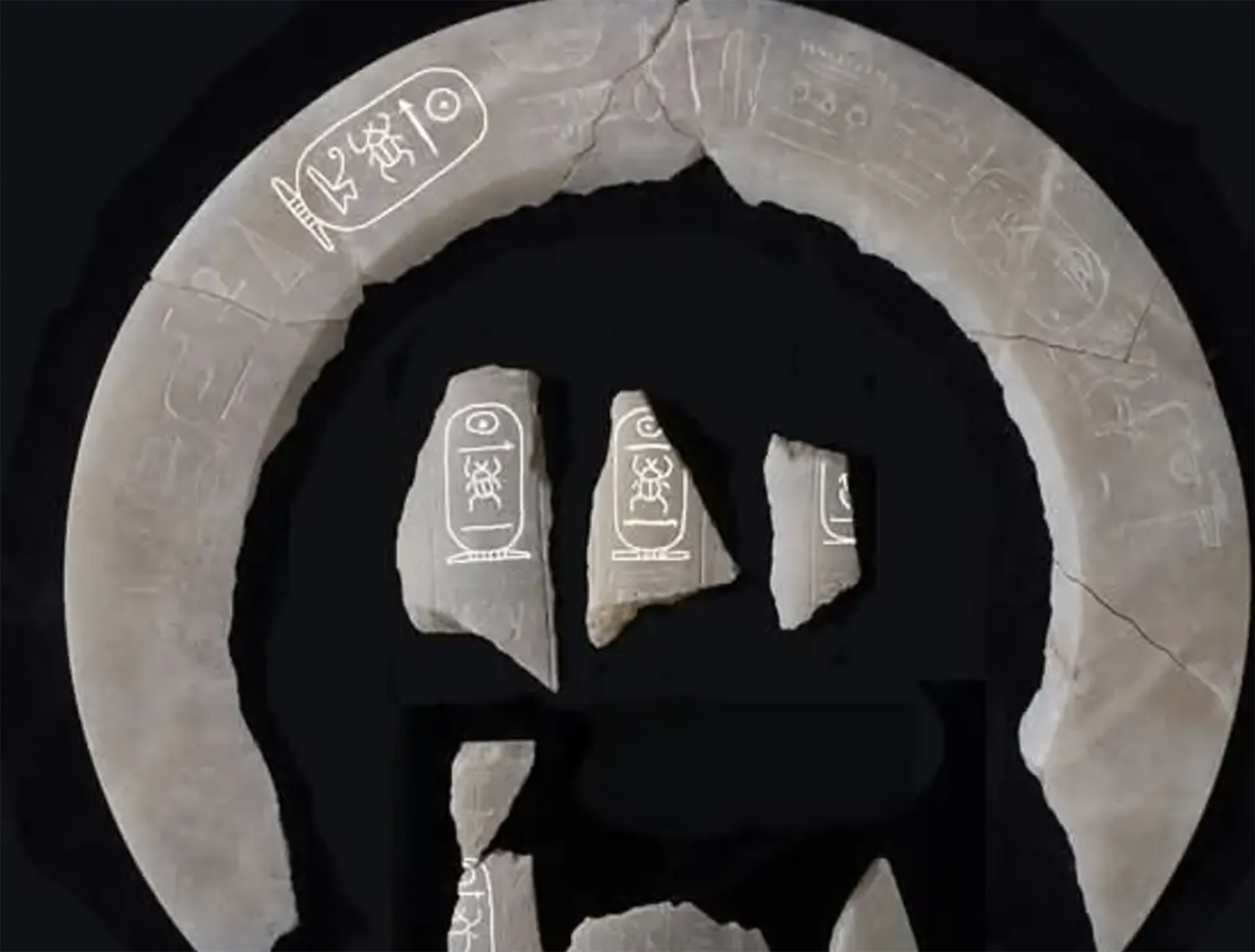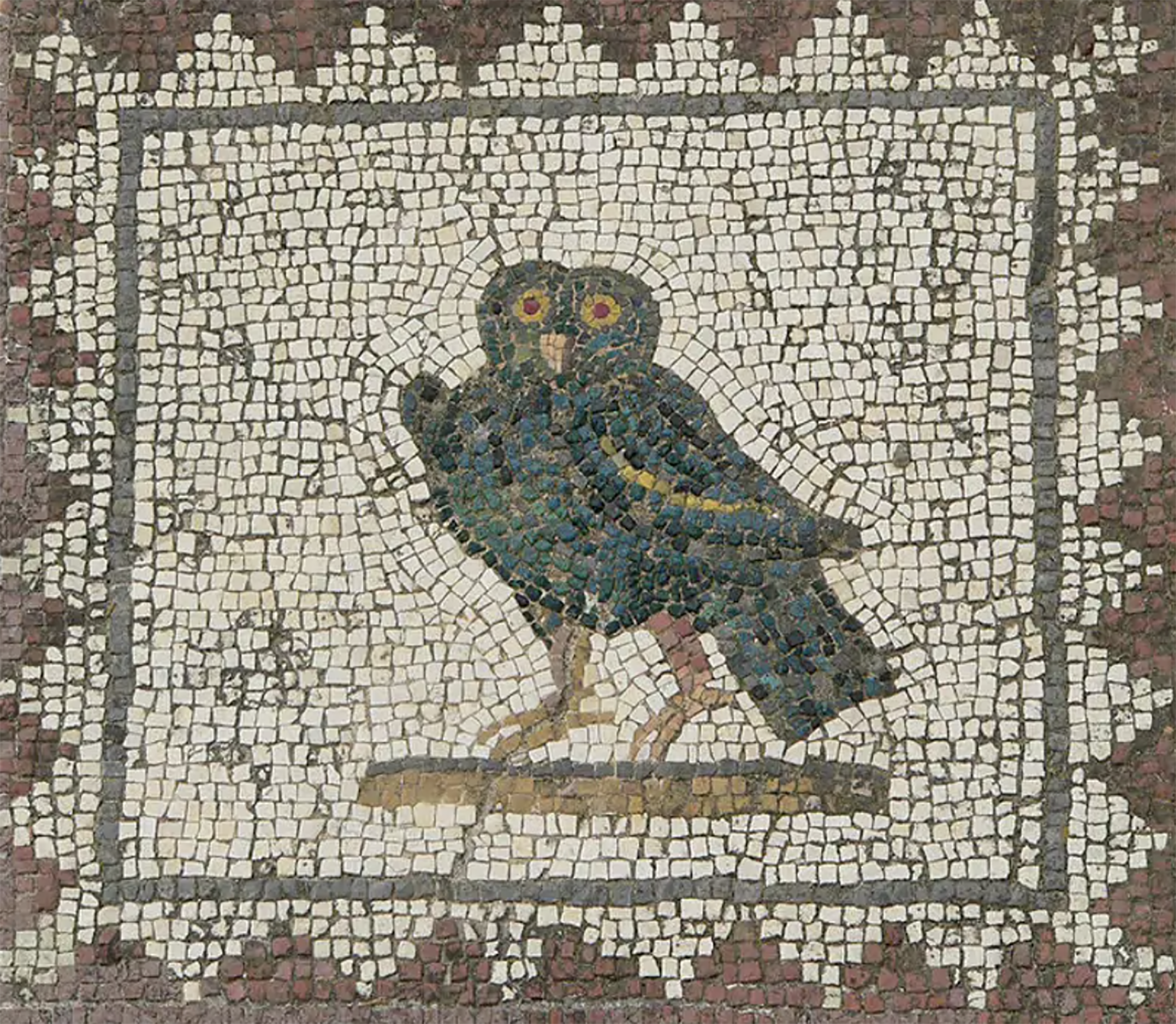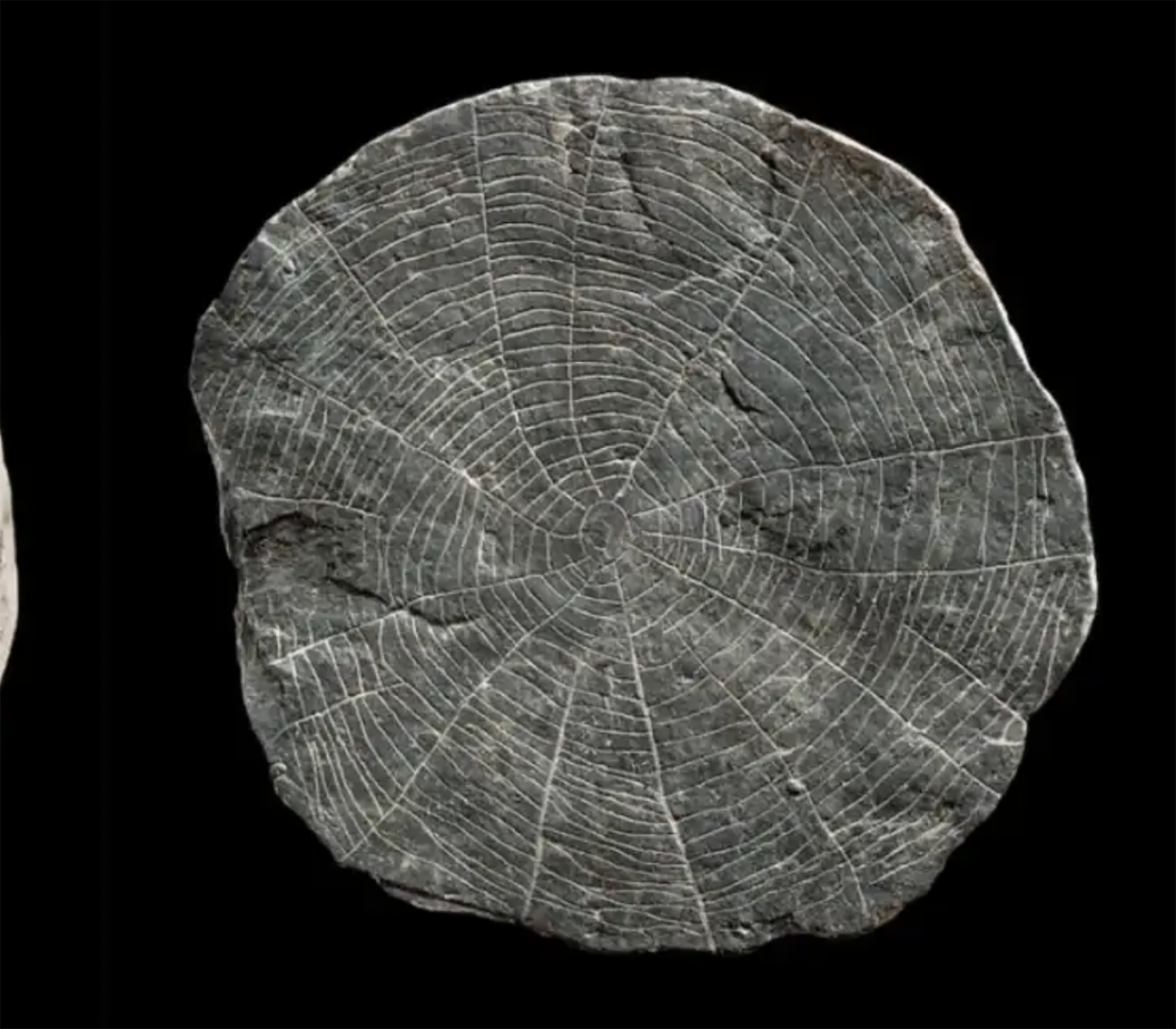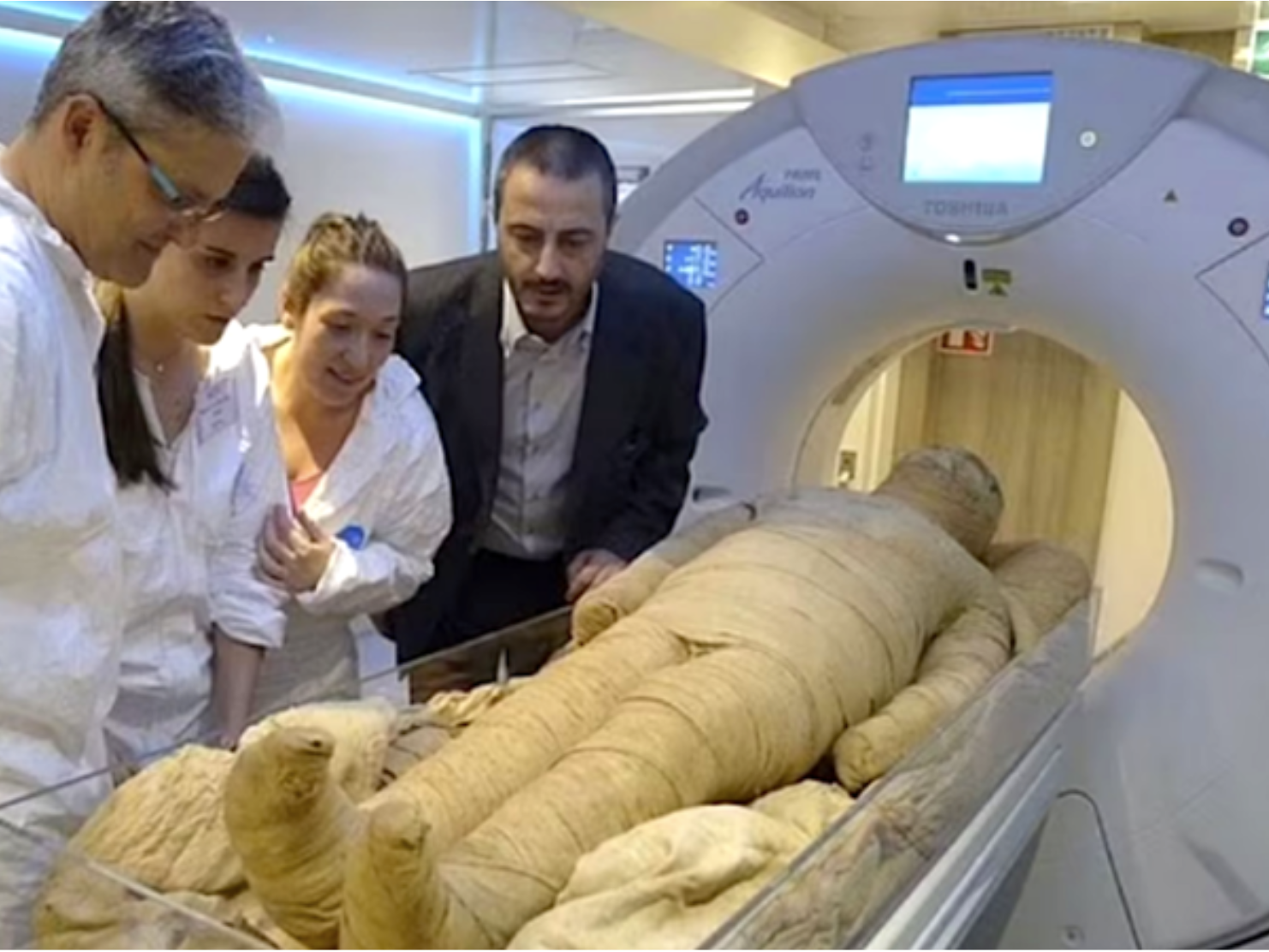Massive green desert
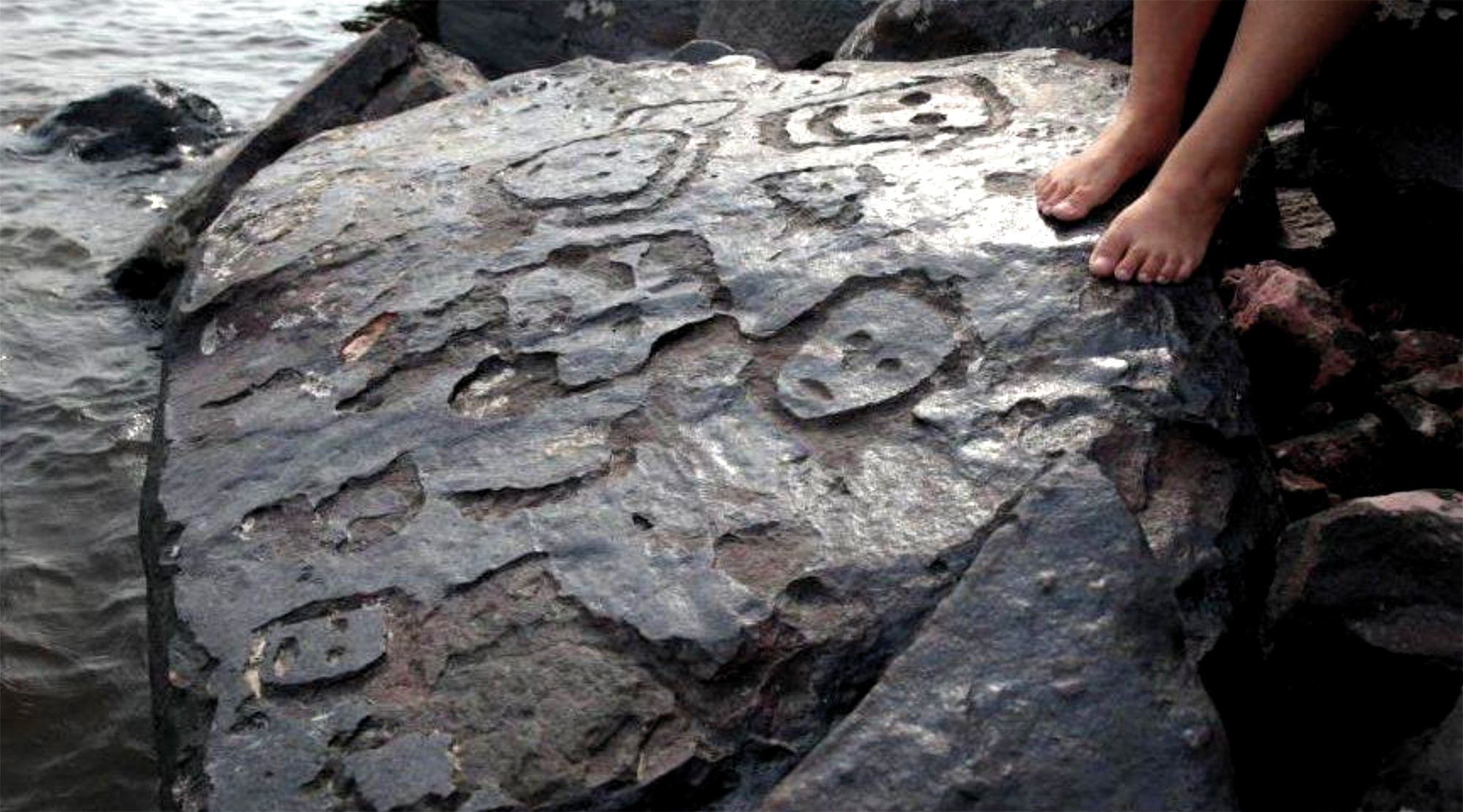
Ponta das Lajes (Brazil), 2,000 years ago. The men who lived in the heart of the Amazon sculpted themselves in the rocks, representing human faces.
The Brazilian Amazon is suffering the worst drought in the last 121 years. The drought is causing great damage to the environment and its inhabitants; thousands of people who depend on river transport to move around and get food have been incommunicado. But the water shortage and the decline in the river level have brought unforeseen news to archaeologists: four previously unknown deposits have been discovered. Anthropomorphic images appear recorded on the rocks Ponta das Lajes, Urucaran and São Sebastião de Uatumãn, where the funeral urns of Anamãn are located. The four deposits are located within 300 kilometres of Manaus.
It has long been thought that in the Amazon there have been very few human beings, a “place without history”
For the archaeologist Jaime Oliveira, in charge of the study of the discoveries, the finding of so many vestiges in such a small area indicates that in the heart of the jungle the population was very dense. “Due to the characteristics of the environment, caves or monumental deposits are not frequently found here. We don’t have that location, but that doesn’t mean there isn’t a complex social organization that knew the environment well.”
It has long been thought that in the Amazon there have been very few human beings, “a place without history”, according to Oliveira. But the current idea of the green desert is discarded and experts say that 9 to 10 million people lived in this rainforest before the arrival of the colonizers. As elsewhere on the continent, around 90% of the population died at the end of the sixteenth century and in the seventeenth century, due to clashes with Europeans and, above all, to the diseases caused by them.
In the Amazon there were not large metropolises, as in the Inca or Aztec territories, but large concentrations of villages. In the jungle there are few stones for construction and the buildings were built with organic material. This hinders the work of archaeologists and increases the risk of misinterpretations. Now, unfortunately, what makes life difficult for the current population is what has facilitated the work of archaeologists.
Luxorren, Erregeen Haranetik gertu, hilobi garrantzitsu baten sarrera eta pasabide nagusia aurkitu zituzten 2022an. Orain, alabastrozko objektu batean Tutmosis II.aren kartutxoa topatu dute (irudian). Horrek esan nahi du hilobi hori XVIII. dinastiako faraoiarena... [+]
AEB, 1900eko azaroaren 6a. William McKinley (1843-1901) bigarrenez aukeratu zuten AEBetako presidente. Berriki, Donald Trump ere bigarrenez presidente aukeratu ondoren, McKinleyrekiko miresmen garbia agertu du.
Horregatik, AEBetako mendirik altuenari ofizialki berriro... [+]
Urruña, 1750eko martxoaren 1a. Herriko hainbat emakumek kaleak hartu zituzten Frantziako Gobernuak ezarritako tabakoaren gaineko zergaren aurka protesta egiteko. Gobernuak matxinada itzaltzeko armada bidaltzea erabaki zuen, zehazki, Arloneko destakamentu bat. Militarrek... [+]
In the Maszycka cave in Poland, remains of 18,000 years ago were found at the end of the 19th century. But recently, human bones have been studied using new technologies and found clear signs of cannibalism.
This is not the first time that a study has reached this conclusion,... [+]
Porzheim, Germany, February 23, 1945. About eight o’clock in the evening, Allied planes began bombing the city with incendiary bombs. The attack caused a terrible massacre in a short time. But what happened in Pforzheim was overshadowed by the Allied bombing of Dresden a few... [+]
Poloniar ikerlari talde batek Sevillako Italica aztarnategiko Txorien Etxea aztertu du, eta eraikinaren zoruko mosaikoak erromatar garaiko hegazti-bilduma xeheena dela ondorioztatu du.
Txorien etxean 33 hegazti daude mosaikoetan xehetasun handiz irudikatuta. Beste... [+]
Judea, 2nd century AD. In the turbulent atmosphere of the Roman province, a trial was held against Gaddaliah and Saul, accused of fraud and tax evasion. The trial was reported on a 133-line paper in Greek (pictured). Thinking that it was a Nabataean document, the papyrus was... [+]
Vietnam, February 7, 1965. The U.S. Air Force first used napalma against the civilian population. It was not the first time that gelatinous gasoline was used. It began to be launched with bombs during World War II and, in Vietnam itself, it was used during the Indochina War in... [+]
Archaeologists have discovered more than 600 engraved stones at the Vasagård site in Denmark. According to the results of the data, dating back to 4,900 years ago, it is also known that a violent eruption of a volcano occurred in Alaska at that time. The effects of this... [+]
Japan, 8th century. In the middle of the Nara Era they began to use the term furoshiki, but until the Edo Era (XVII-XIX. the 20th century) did not spread. Furoshiki is the art of collecting objects in ovens, but its etymology makes its origin clear: furo means bath and shiki... [+]
In an Egyptian mummy of 3,300 years ago, traces of Yersinia pestis, the bacterium that caused the Justinian plague in the 6th century and the Black Plague in the 14th century, have just been found.
Experts until now believed that at that time the plague had spread only in... [+]
Greenland, the end of the 10th century. The first Scandinavian explorers and settlers arrived on the island. But by the 15th century these settlements had been abandoned and the original Inuit remained. But in 1721, the missionary Hans Egede organized an expedition and the... [+]
In 2017, Indonesia and the Netherlands signed an agreement to return the heritage stolen by the European country because of colonialism for three centuries. The Indonesian responsible for the return process, Gusti Agung Wesaka Puja, explained that this agreement "was important in... [+]
Greece 1975. The country began the year as a republic, three weeks earlier, in the referendum on 8 December 1974, after the citizens decided on the end of the monarchy.
A decade earlier, in 1964, when King Paul I died, his son Constantine took the throne at the age of 23.
But... [+]
Copenhagen, 18 December 1974 At 12 noon a ferry arrived at the port, from where a group of about 100 Santa Claus landed. They brought a gigantic geese with them. The idea was to make a kind of “Trojan Goose” and, upon reaching the city, to pull the white beard costumes... [+]









